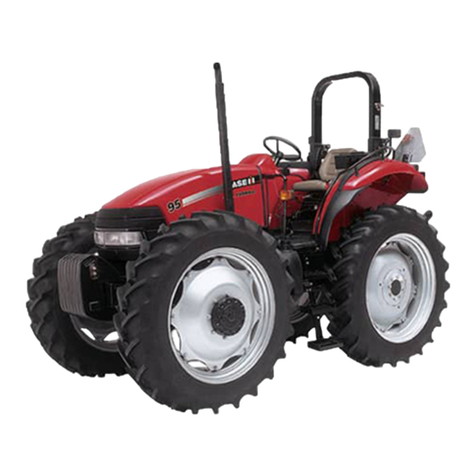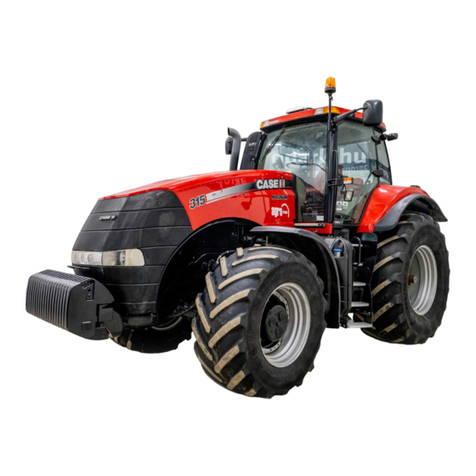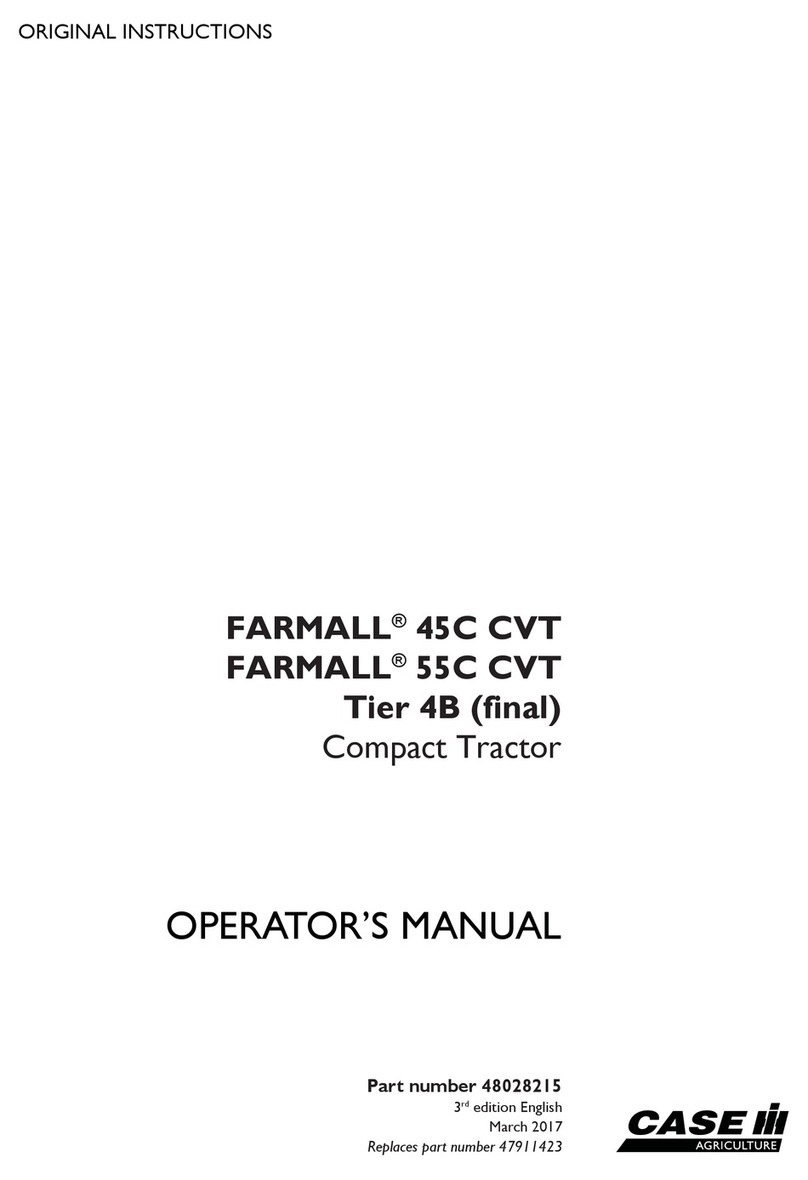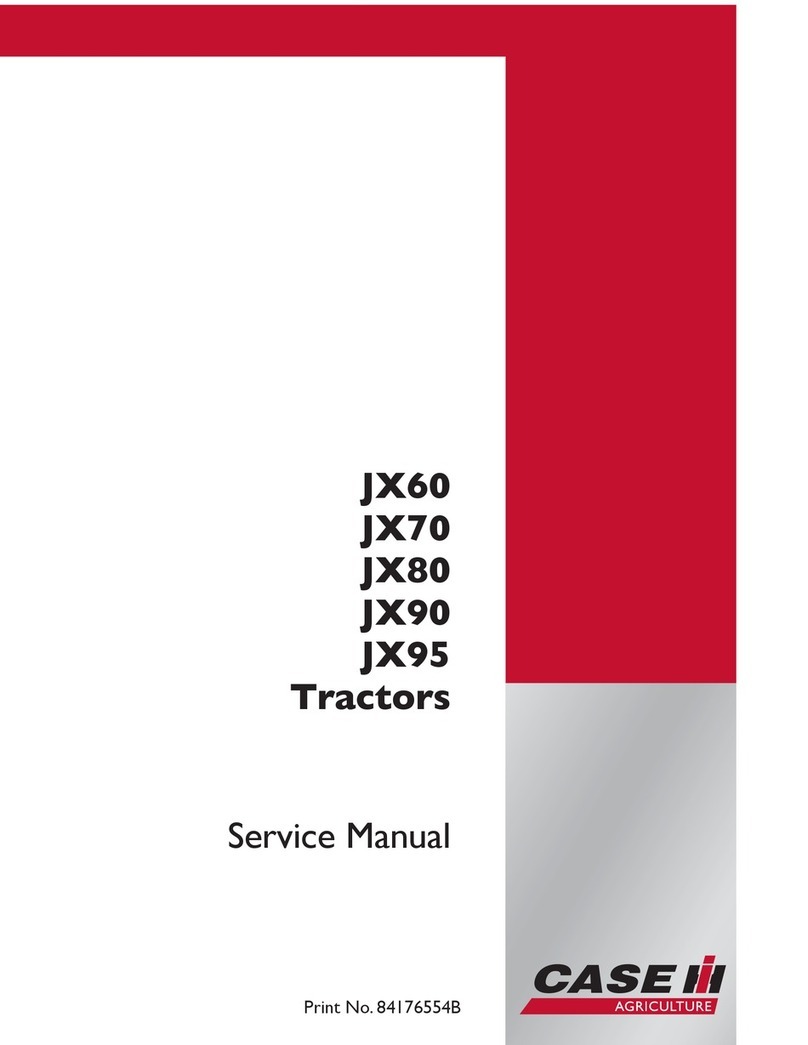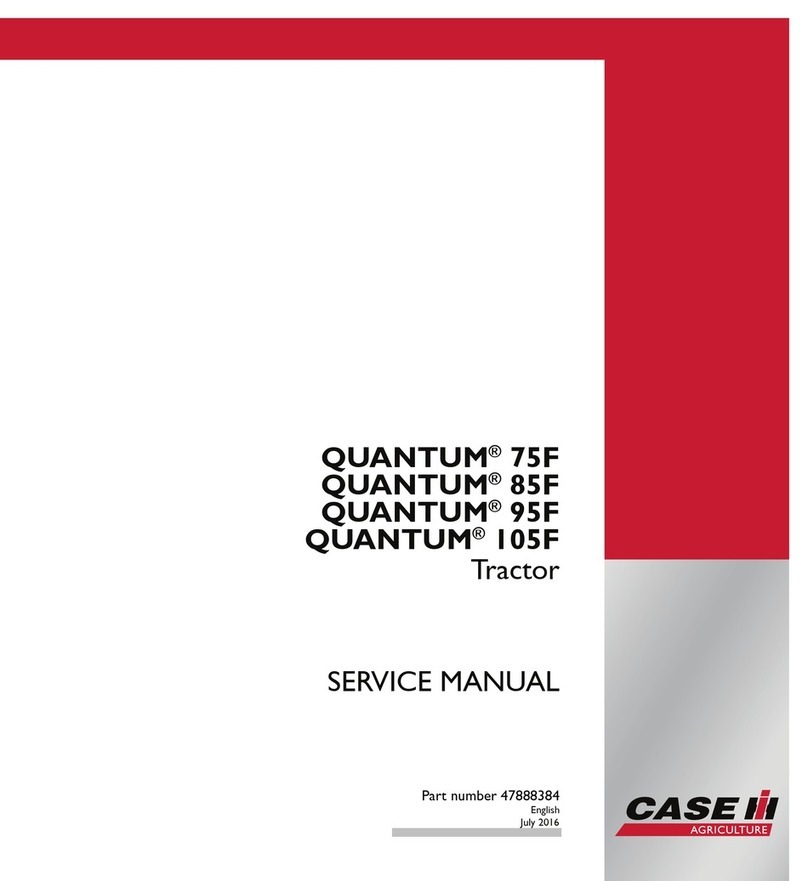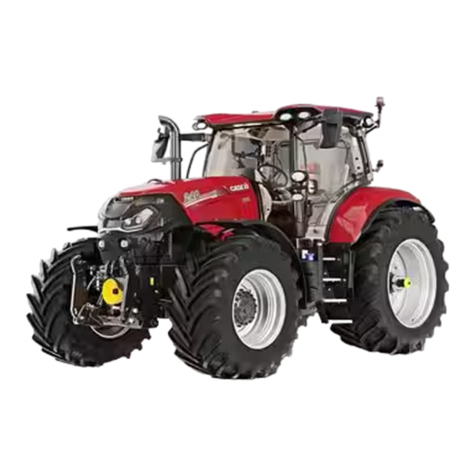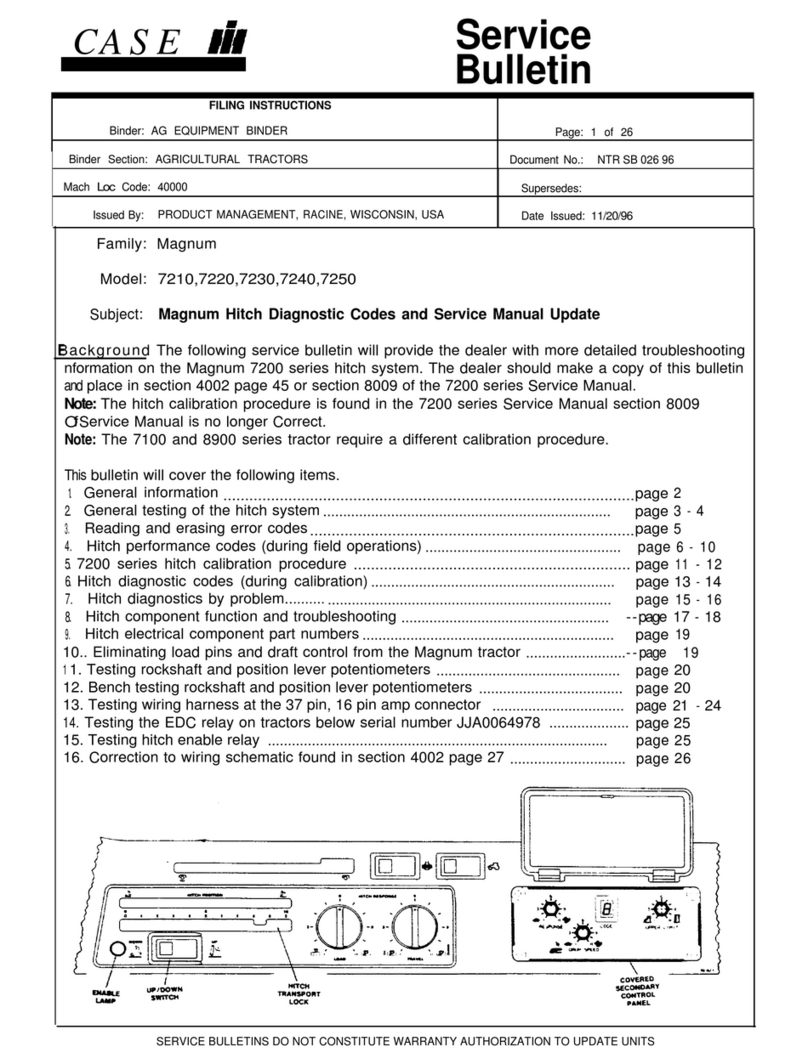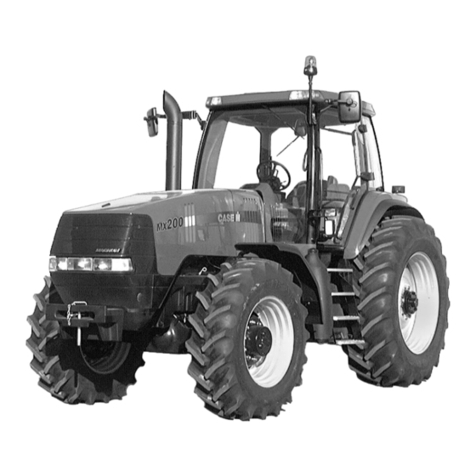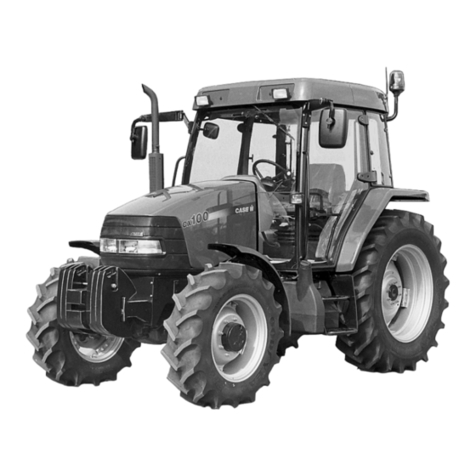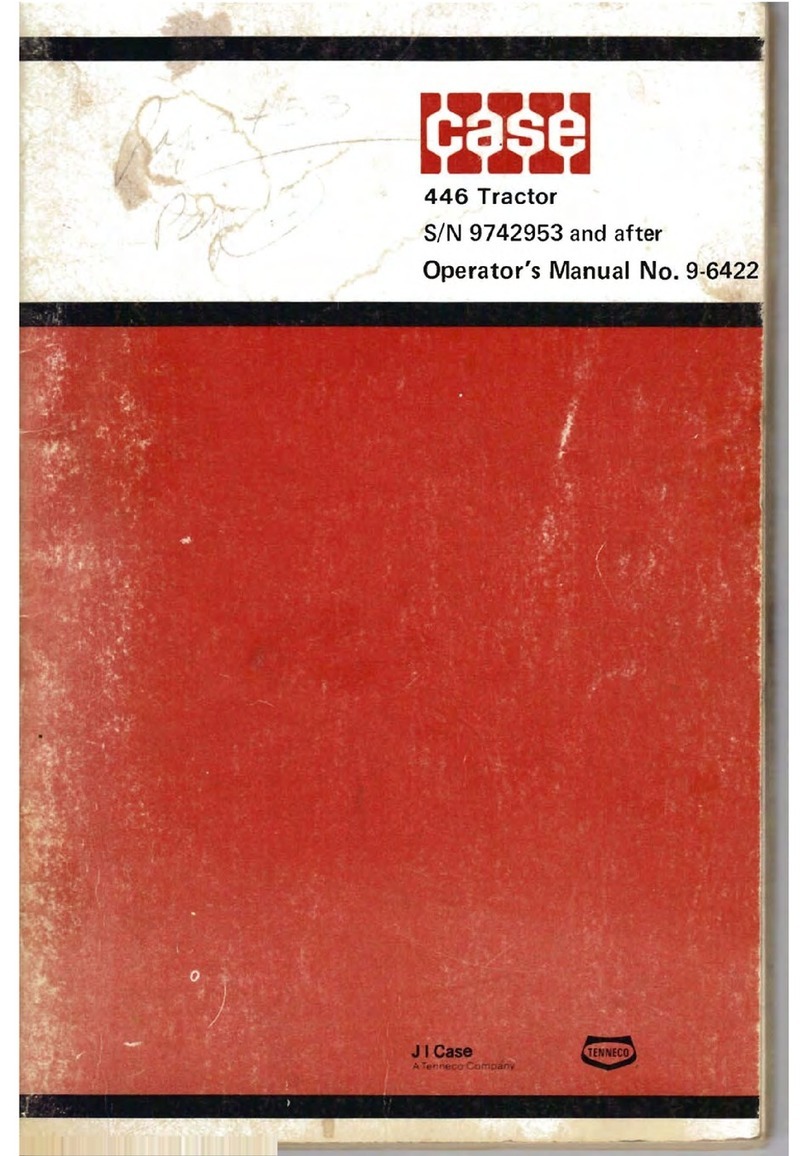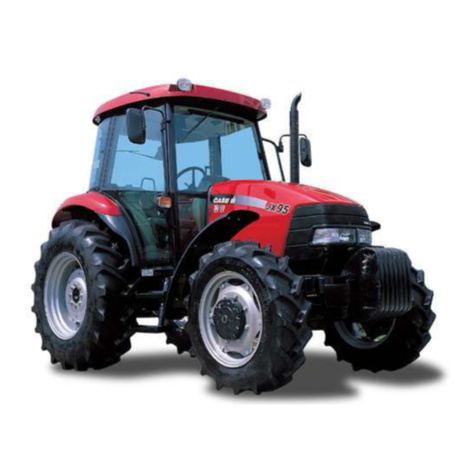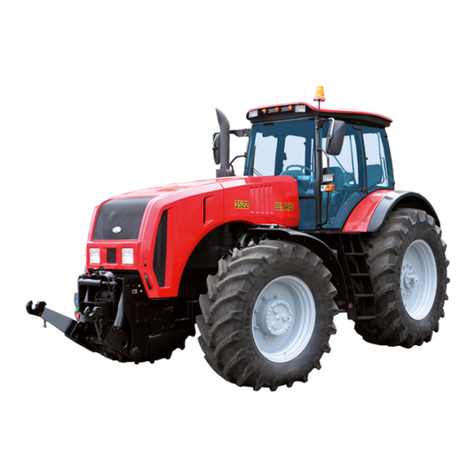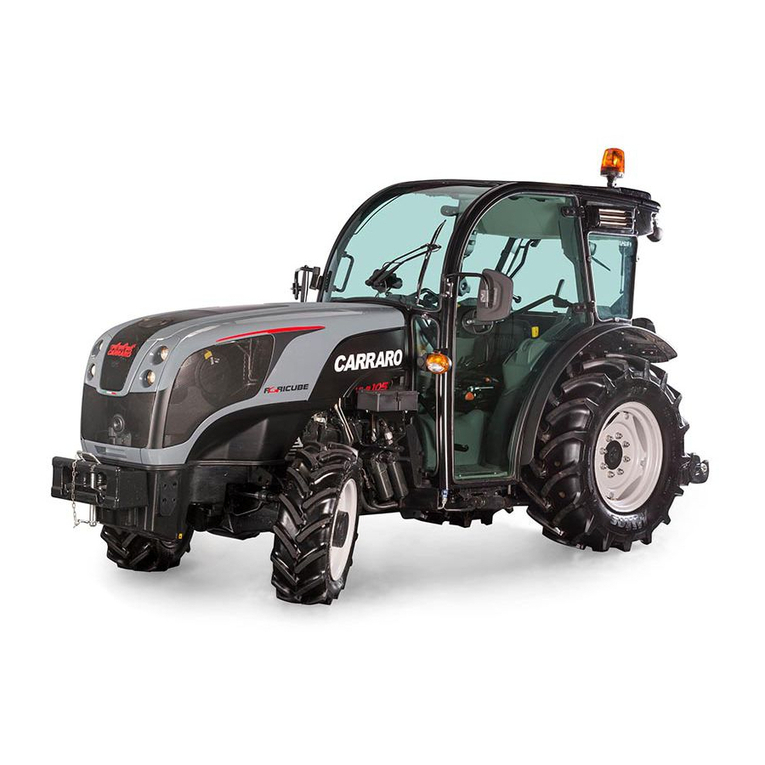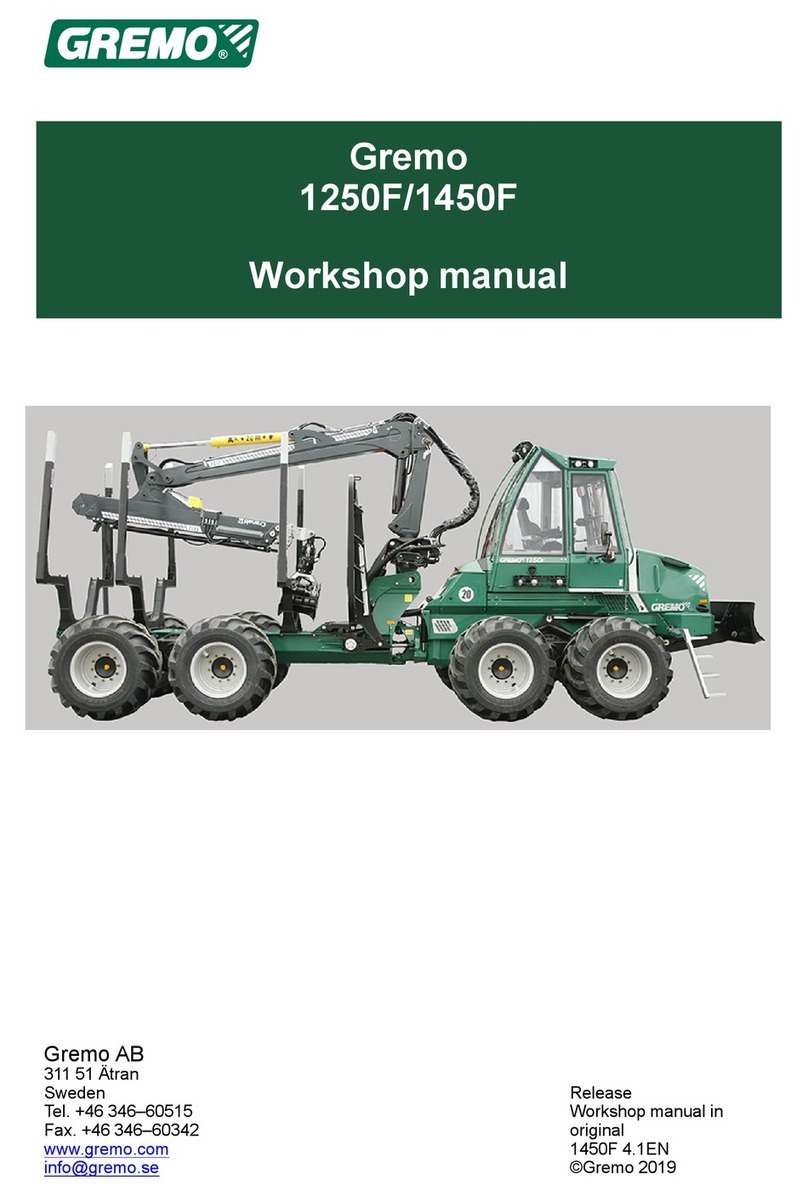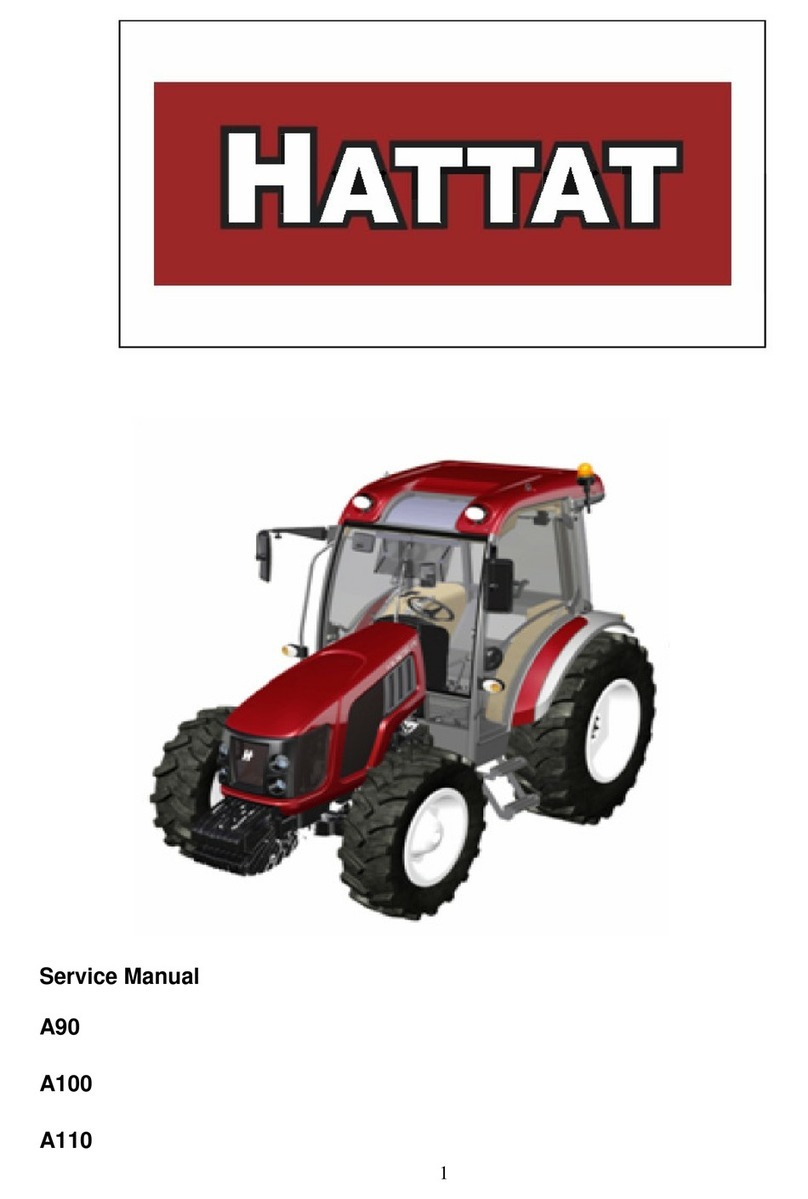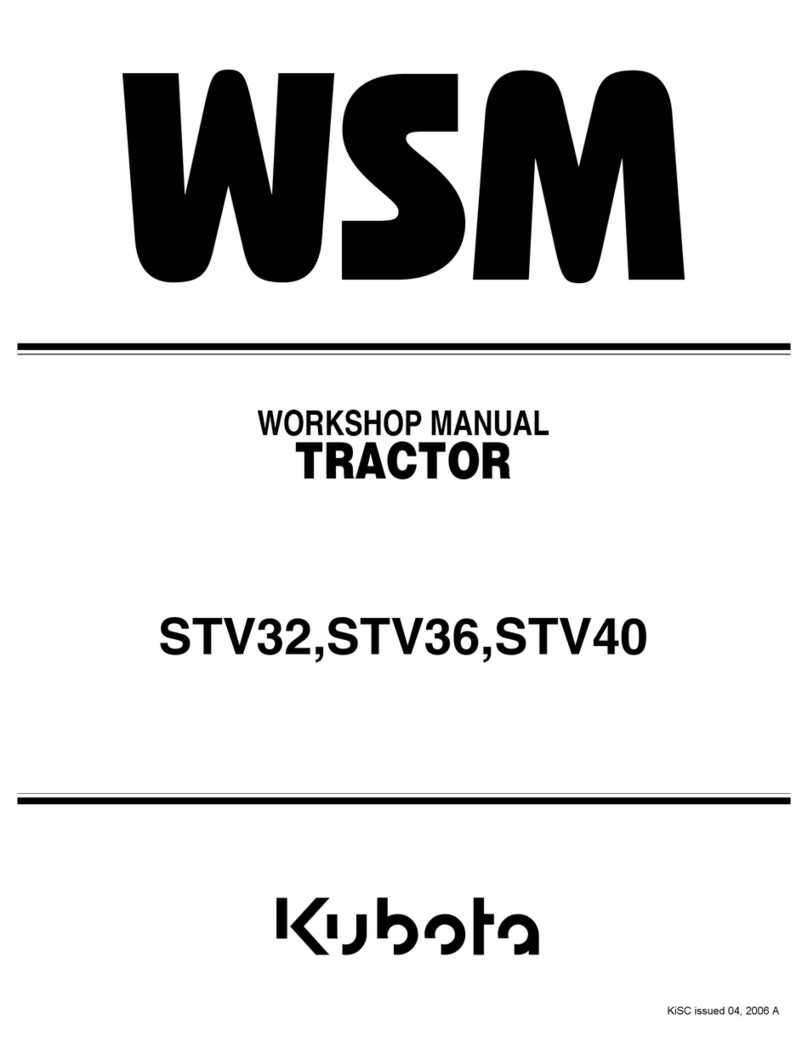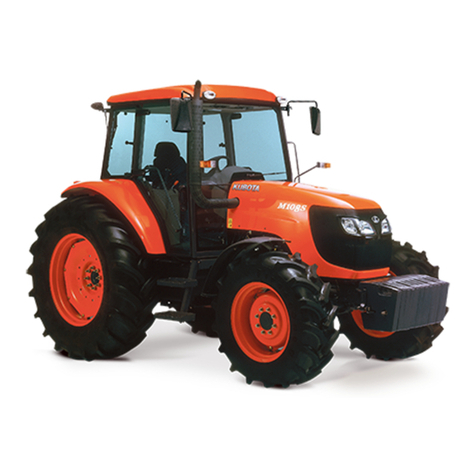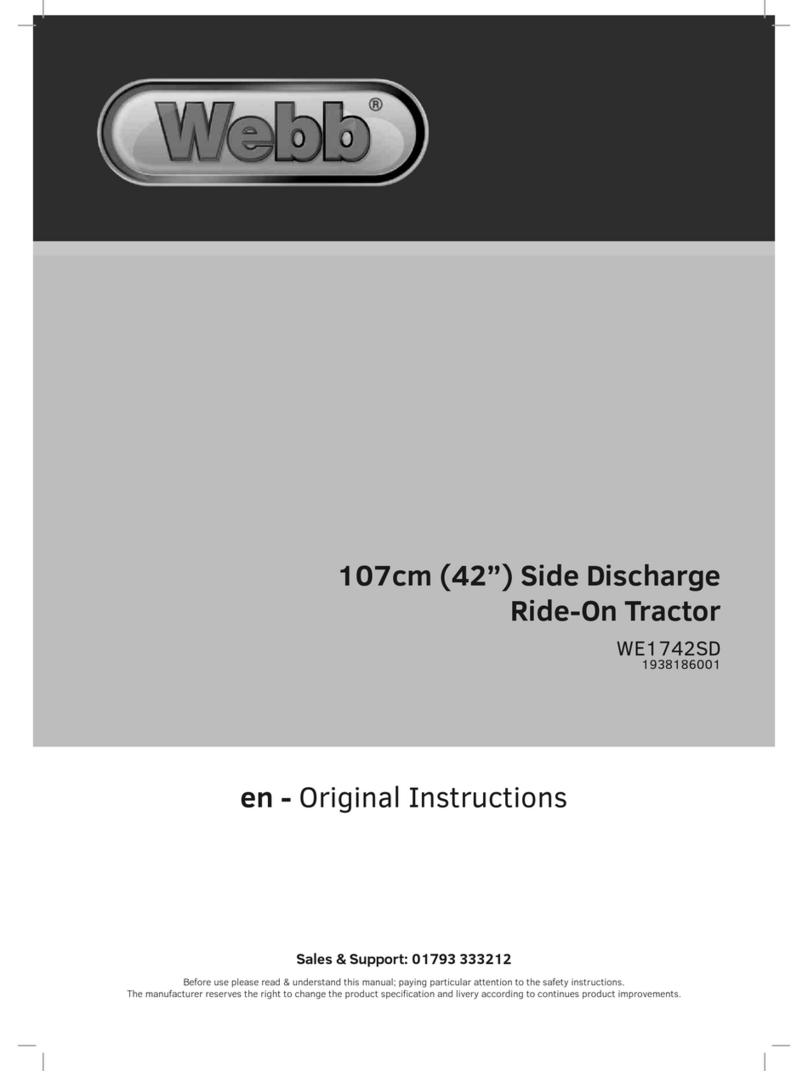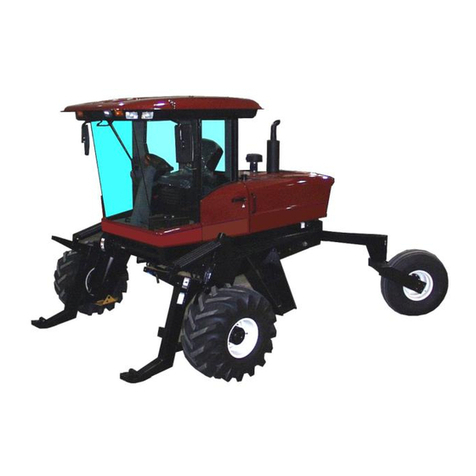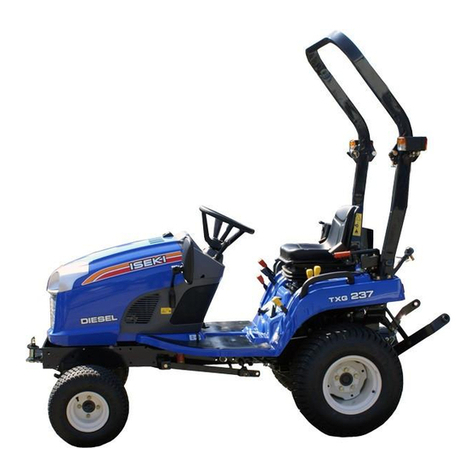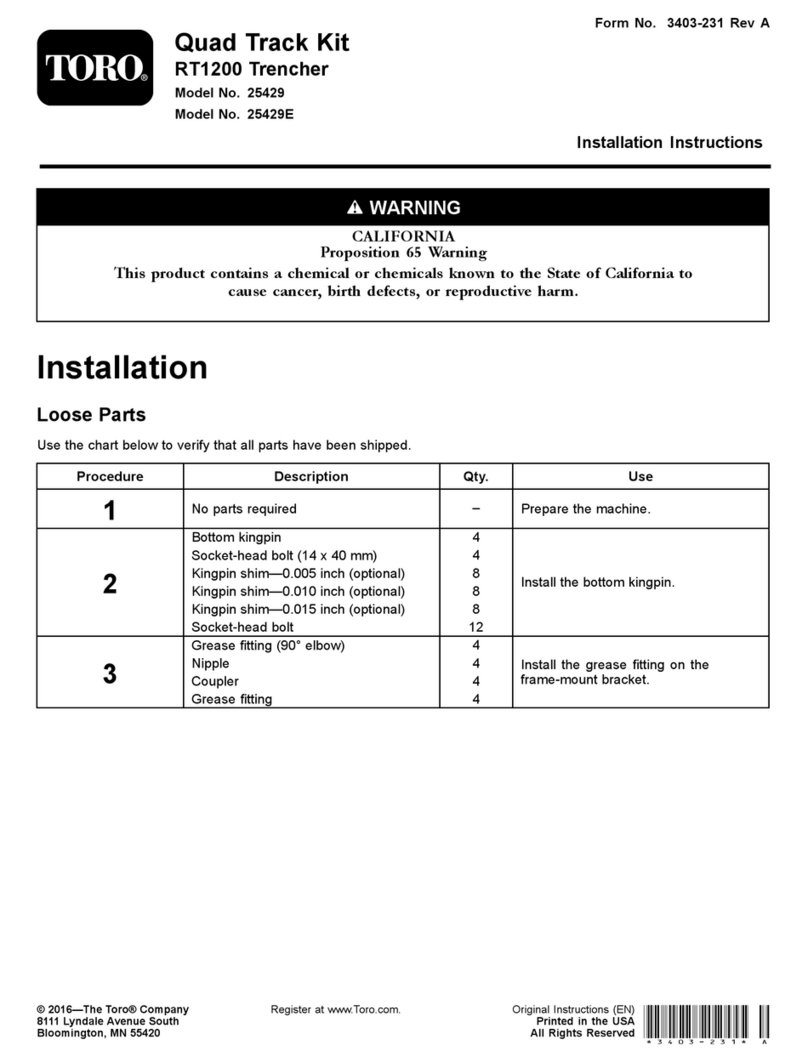
2SECTION 10 -- ENGINE -- CHAPTER 1
6- 62730 -- 04 -- 2004
GENERAL SPECIFICATIONS
Engine, technical type:
-- Mod. JX1060V -- type 8035.05C.925/929 (BOSCH pump) .............. See data on page 6--7
-- Mod. JX1070V and JX1070N -- type 8035.25R.925/929 (BOSCH pump) . . See data on page 8--9
-- Mod. JX1075V and JX1075N -- type 8035.25.925/929 (BOSCH pump) . . . See data on page 10--11
Cycle ............................................................... diesel, 4--stroke
Fuelinjection ........................................................ direct
Number of cylinders in line ............................................. 3
Cylinder liners ....................................................... dry force--fitted in cylinder
block
Piston diameter
-- Mod. JX1060V .................................................... 4.0944 in. (104 mm)
-- Mod. JX1070V and JX1070N ...................................... 4.0944 in. (104 mm)
-- Mod. JX1075V and JX1075N ...................................... 4.0944 in. (104 mm)
Pistonstroke ........................................................ 4.5275 in. (115 mm)
Total displacement:
-- Mod. JX1060V .................................................... 178.84 in3(2931 cm3)
-- Mod. JX1070V and JX1070N ....................................... 178.84 in3(2931 cm3)
-- Mod. JX1075V and JX1075N ....................................... 178.84 in3(2931 cm3)
Compression ratio for Mod. JX1060V, JX1070V and JX1070N .............. 17:1 normally aspirated
Compression ratio for Mod. JX1075V and JX1075N ....................... 16.5:1 turbocharged
Maximum power:
-- Mod. JX1060V .................................................... 43.5 kW (59 Hp)
-- Mod. JX1070V and JX1070N ....................................... 53 kW (72 Hp)
-- Mod. JX1075V and JX1075N ....................................... 55.5 kW (76 Hp)
Maximum power speed ............................................... 2300 rpm
Maximum torque speed for Mod. JX1060V ............................... 1400 rev/min
Maximum torque speed for Mod. JX1070V and JX1070N .................. 1400 rev/min
Maximum torque speed for Mod. JX1075V and JX1075N .................. 1400 rev/min
Number of main bearings .............................................. 4
Sump ............................................................... structural, cast iron
(continued)


